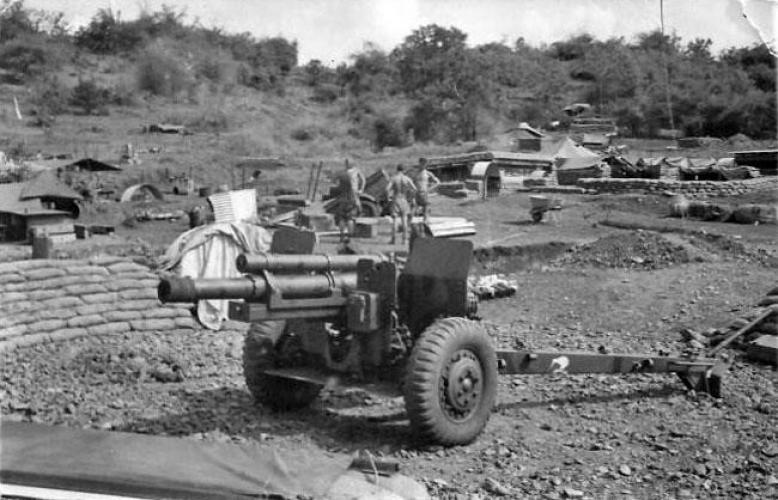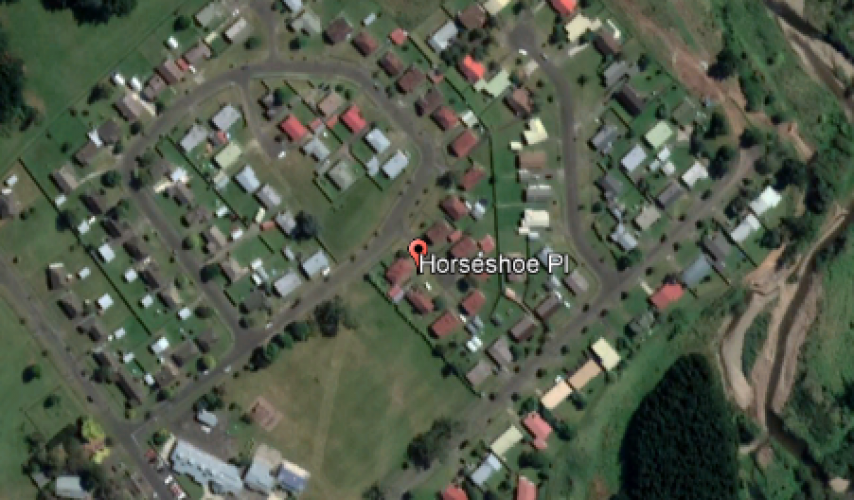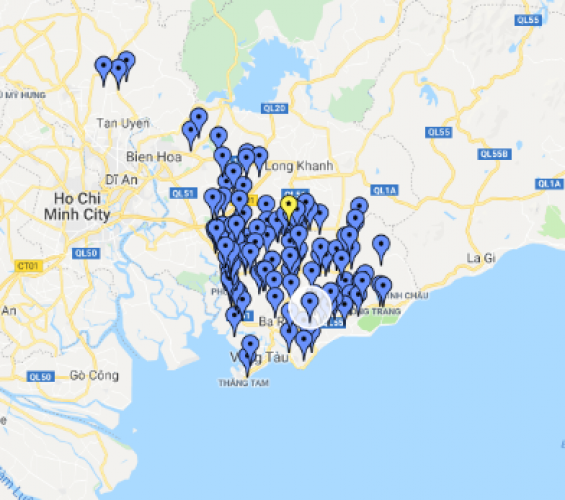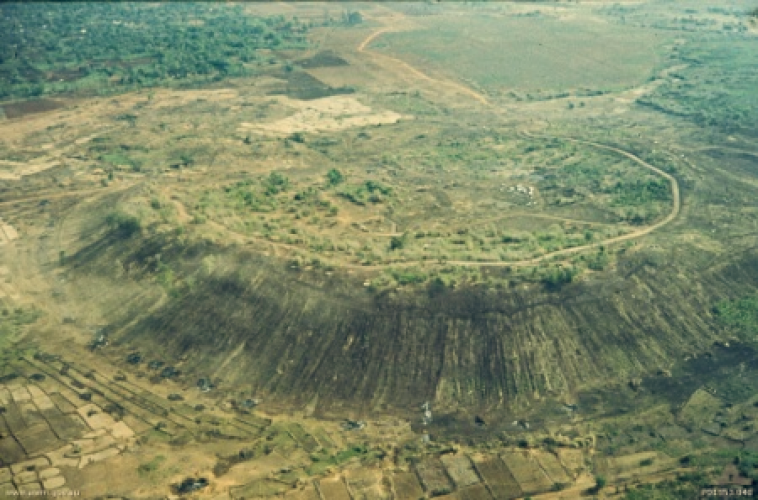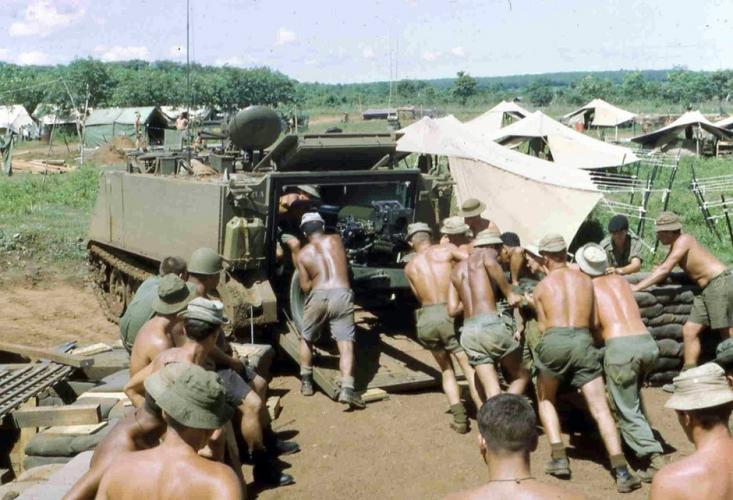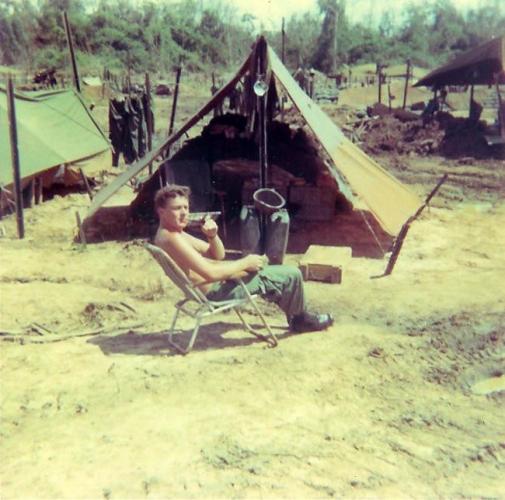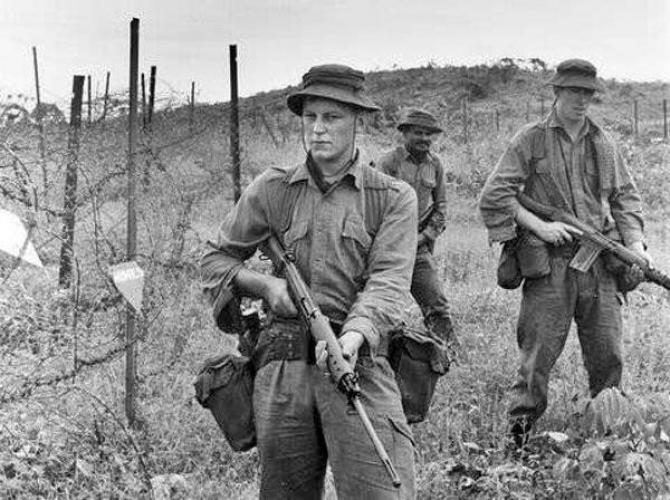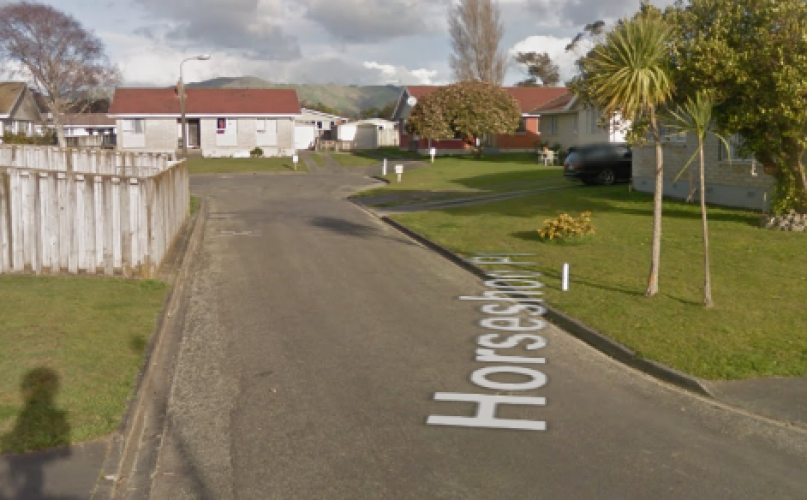260 Horseshoe Place LMC Palmerston Nth, street scene 2018
Reason for the name
This street was named in honour of 161 Battery RNZA who deployed to the Horseshoe in Vietnam in March 1967. Most streets within NZDF Camps and Bases are named in honour of prominent people, battles, campaigns, ships, aircraft and places creating a rich history of our military service.
One permanent FSB was established on ‘the Horseshoe’, a circular hill about 8 kilometres southeast of Nui Dat and just north of Dat Do. It was constructed in March 1967 as a preliminary step in the building of the Dat Do to the sea barrier minefield. The base provided an extensive view of the surrounding countryside as well as an effective ready reaction force and so was retained despite the failure of the minefield. Australian troops maintained the Horseshoe FSB until June 1971, when the base was handed over to Army of the Republic of Vietnam (ARVN) troops.
Author: The Poppy Places Trust
Often makeshift bases hacked out of primary jungle, these artillery gun areas provided essential support to infantry field units during operations in South Vietnam. In its simplest sense, a fire support base was an often hastily constructed fortified artillery base position, usually sited forward close to the centre of the area of operations in support of task force, battalion or company operations. The role of the fire support base was to bring artillery and mortar fire within range of friendly forces operating in depth. Artillery gun areas were not unique to the Vietnam conflict. In previous wars they were deployed in allied territory to cover the front lines and to support advancing troops. The concept was first applied in Vietnam by US forces and quickly adapted by Australian forces arriving in Phuoc Tuy Province in May 1966 to fight a new kind of war. This conflict was not like its predecessors and the fire support bases were now more usually sited in territory dominated by the enemy to provide much-needed protection for forces operating in bitterly contested areas.
Battalion Headquarters could also be deployed into the field, either at a fixed location – a fire support base (FSB) – or in a more mobile form. FSBs, which were generally set up with the Battalion’s artillery battery, mortars and armour, enabled a more flexible rapid response with greater coverage for operations beyond the immediate vicinity of the main Task Force base. The FSBs, often named after wives or girlfriends such as Susan, Diane, Coral and Beth, could remain in position for months and as the war progressed they played an increasingly important supporting role for operations in outlying areas.
Lieutenant Ron Turner RNZA recalled from his deployments to the Horseshoe: “My recollection of the Horseshoe was various periods in 1969 when I deployed there with a section of (3) guns. The feature was horse shoe shaped. The open end rising up to a semi-circular hill on its perimeter. We were protected there at various times by Vietnamese soldiers or Australians. I think it was manned to provide covering fire to the main base at Nui Dat. We fired a curfew round at 5 pm each day to get the Vietnamese farmers back inside defended villages for the night. Most other fire missions i recall being just harassing”.

